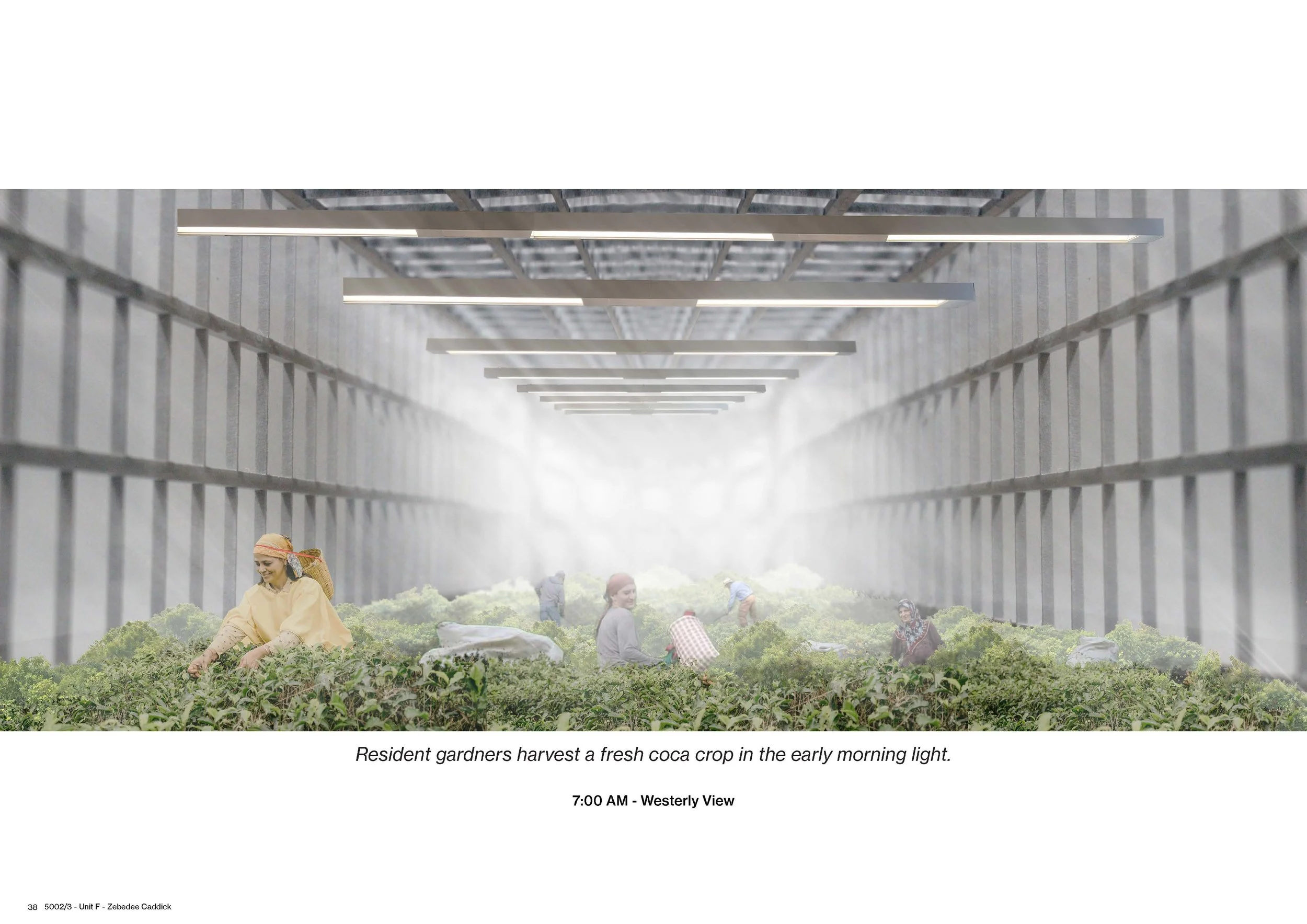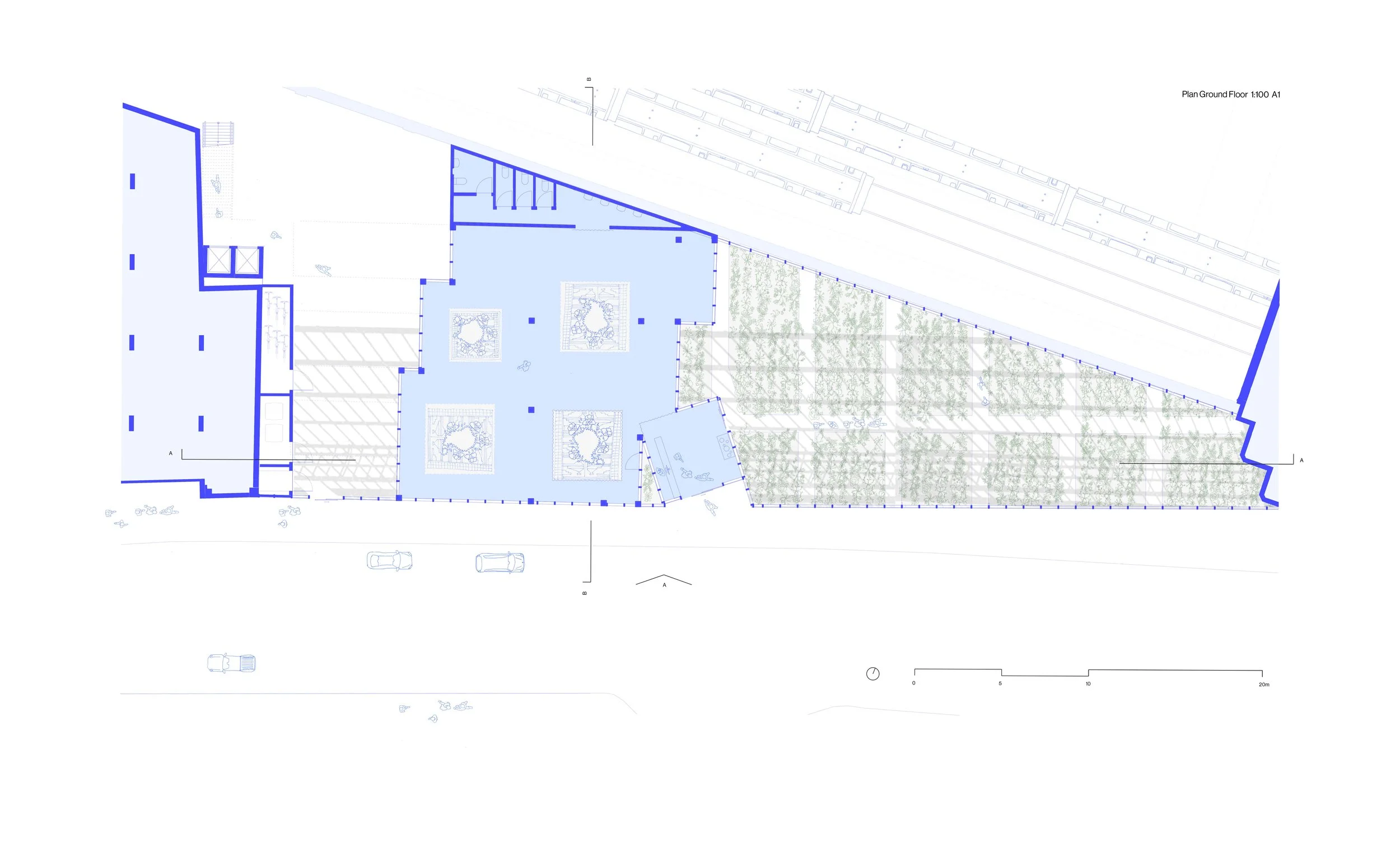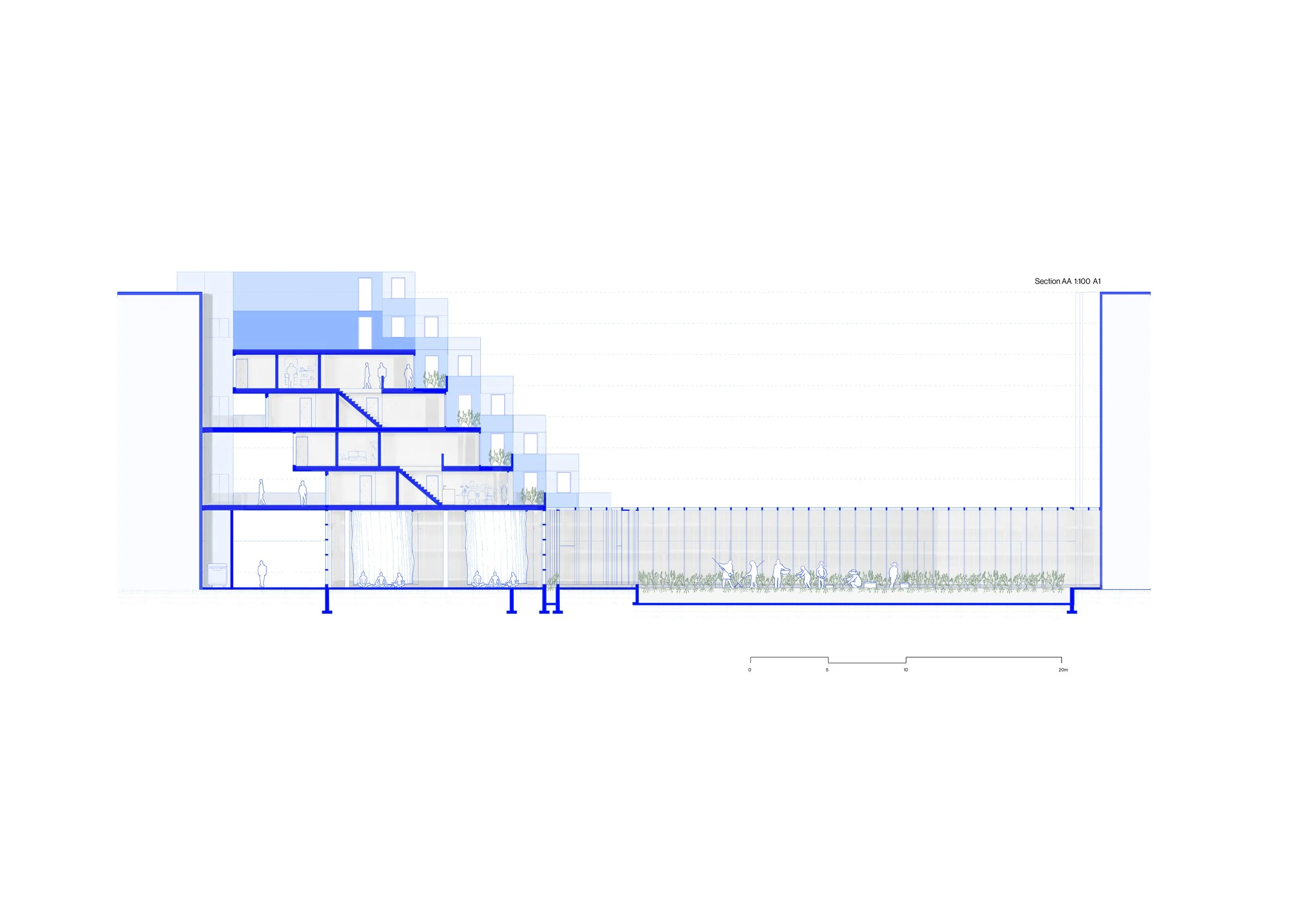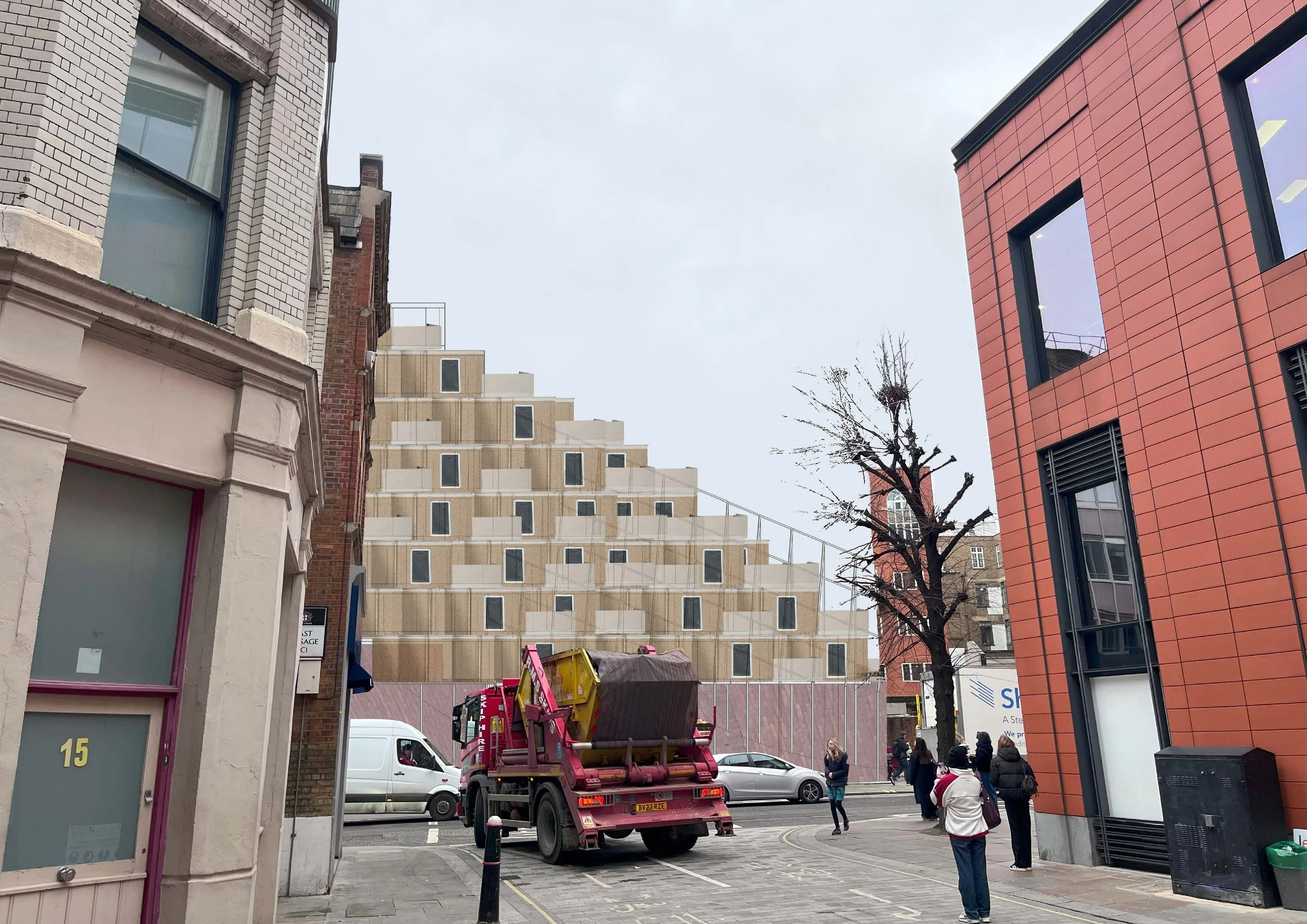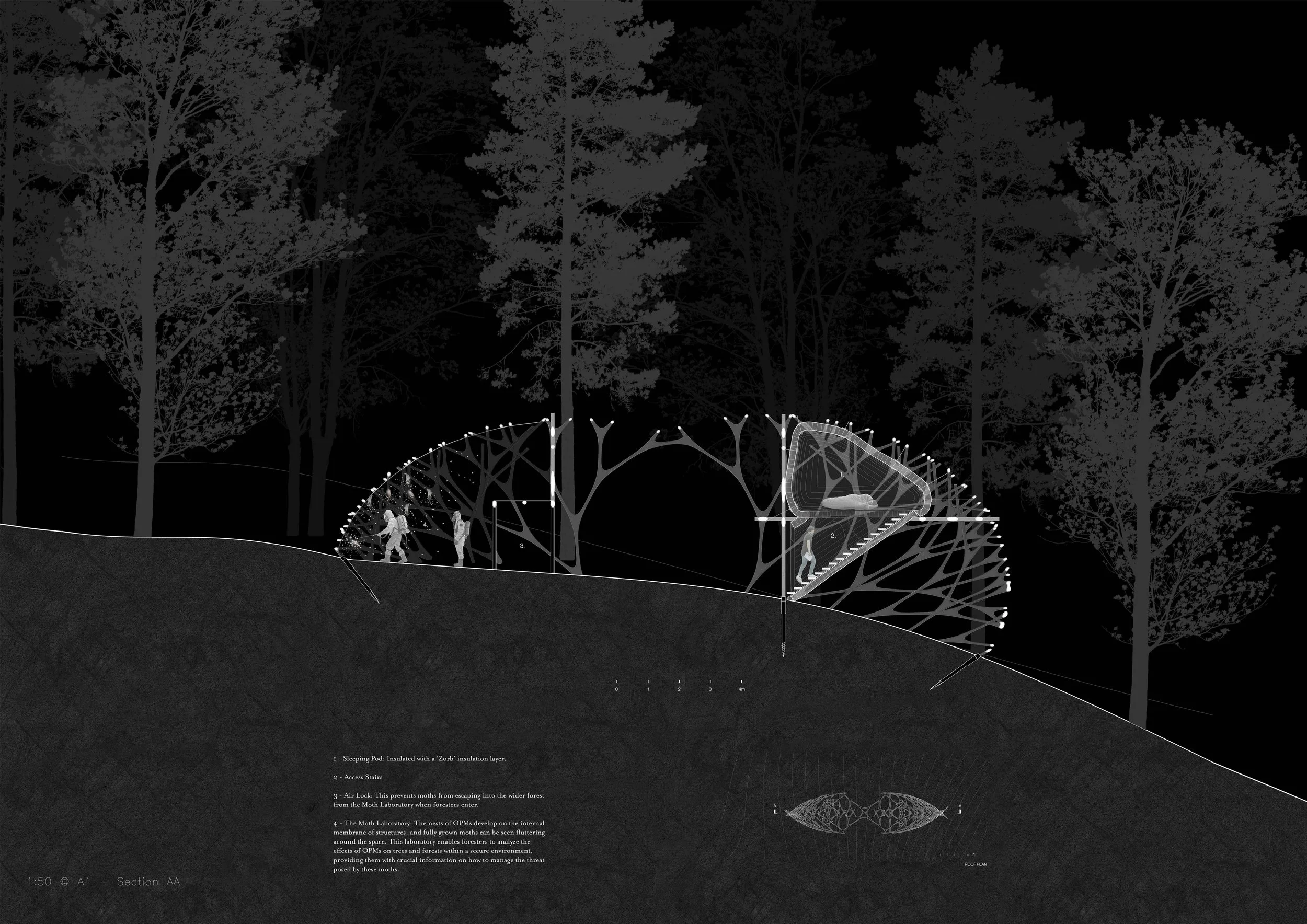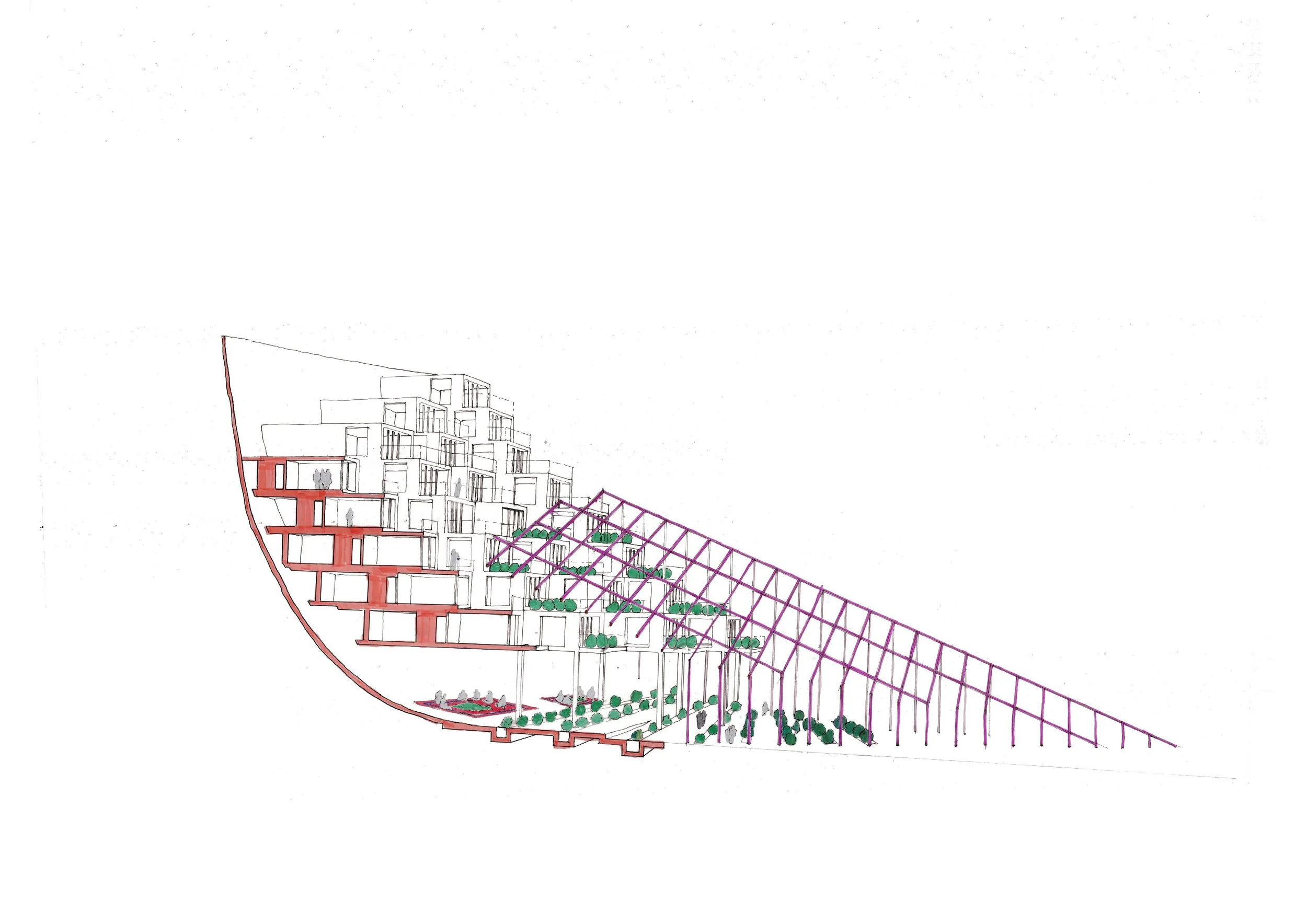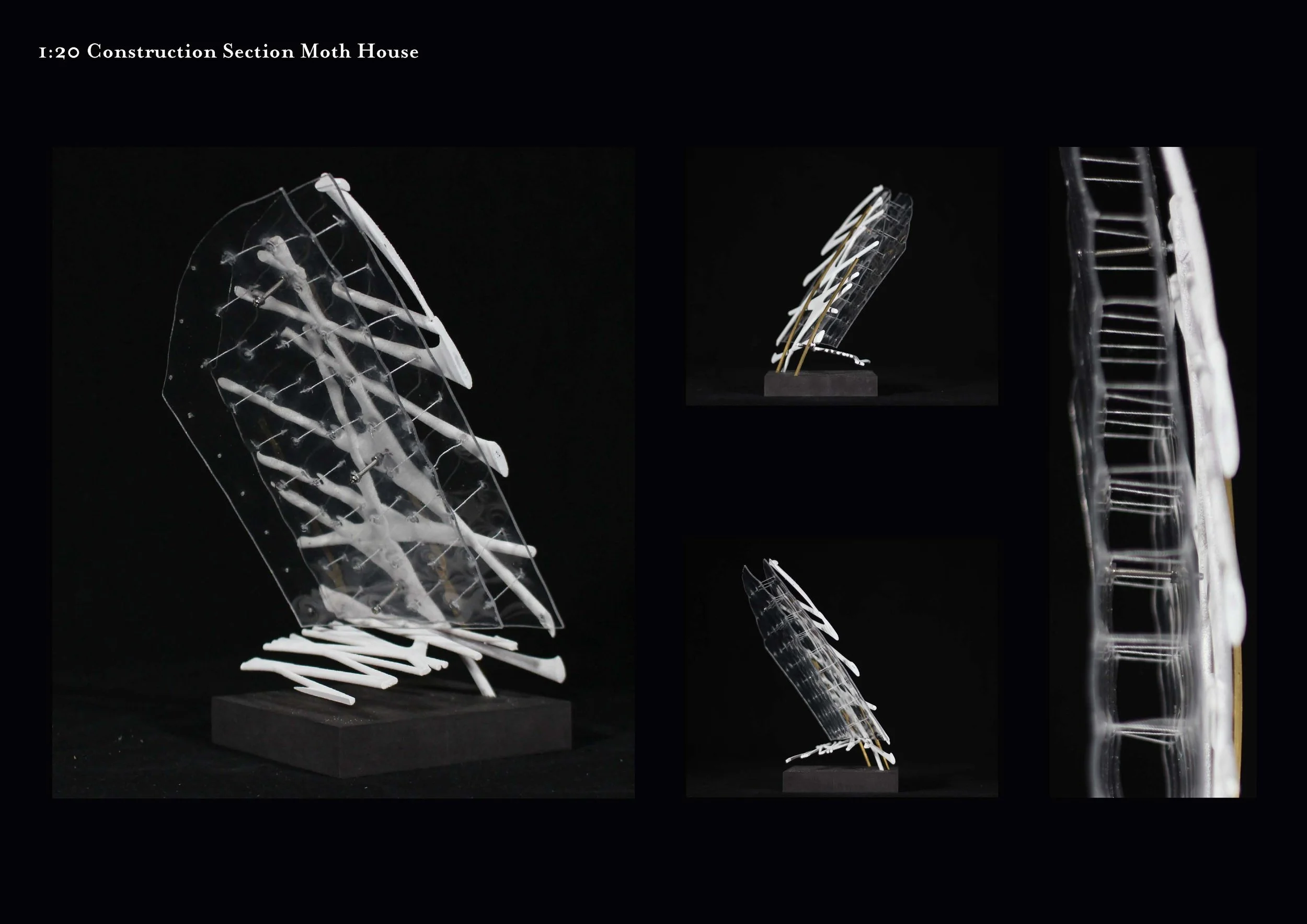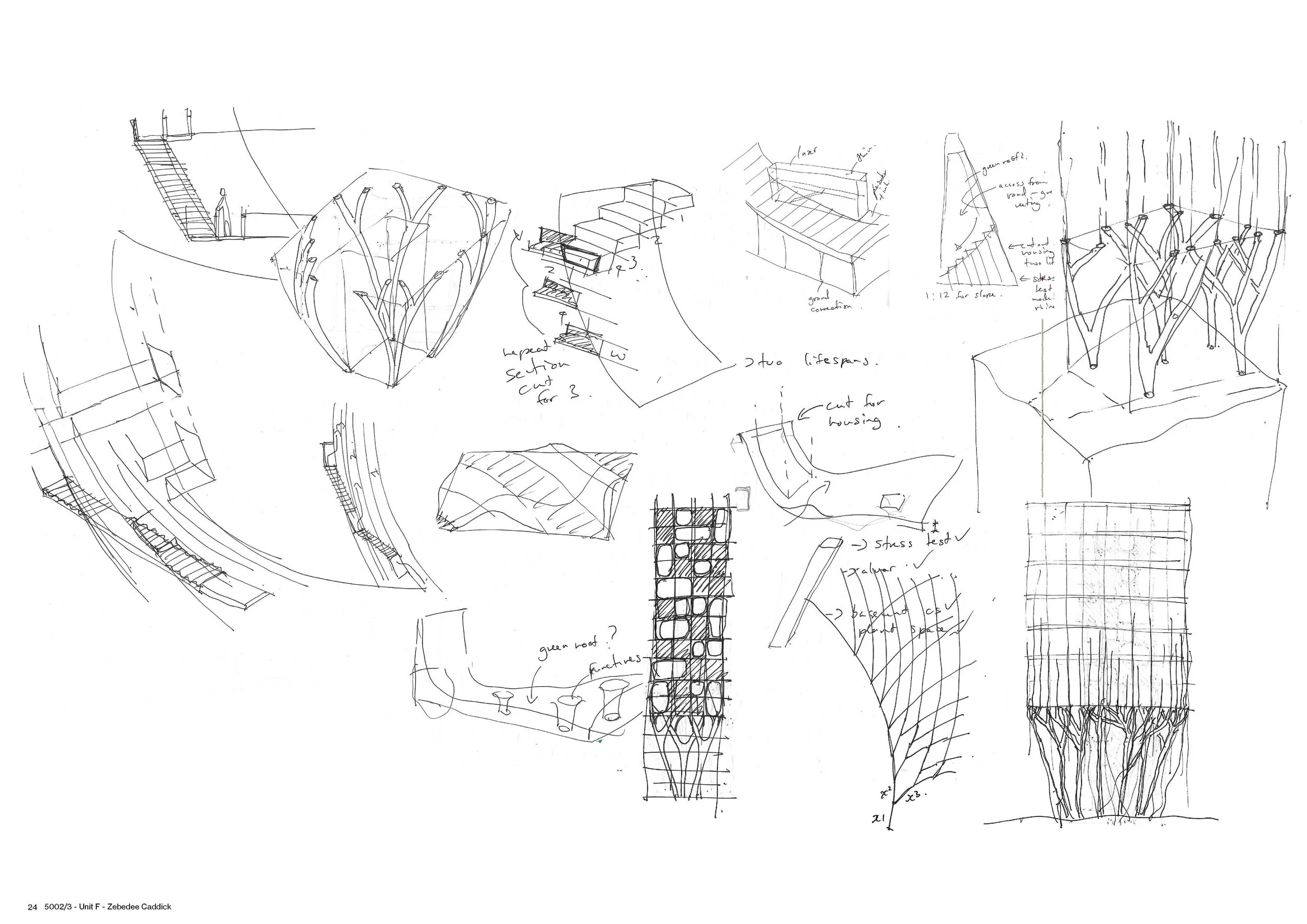Unit F Domestic Ecology
For the vast majority of its historic development, architecture has focused on human comfort at the exclusion of the other - the plants, fungi, animals and bacteria that we share the Earth with. Architectural form is typically exclusionary, from the primitive shelter to air-conditioning. Mineral- centric, anti-septic, anti-entropic. Our homes are the embodiment of our understanding of our place within the biome - distinct and elevated - economically, technologically, hygienically. We share the Earth, are ecologically bound to it, but have begun to shape it in our image to the point of self-destruction.
Tutors: Jack Hardy, Matthew Rosier, Christelle Tippett
Students: Zoha Abbas, Maria Keziah Suzane Biendarra, Thomas Bromiley, Leo Buckler, Zebedee Caddick, Hugh Chidley, Ollie Coel, Cecilie Farmen-Hall, Janna Gishlan, Matthew Lewis, Sunny-Ray McEwan, Eloise Morris, Sara Mitroiu, Sara Pohjola, Vita Puodziunaite, Isabel Ibarra Simon, Ege Tezcan, Jayden Vincent, Jessica Webb, Klara Wiltshire, Sara Wood, Kaya Yavuzer, Sofie Ylvisaake
Coca Tower
Zebedee Caddick
The Unit F brief was to be seriously silly. I took the UK planning clause of cultural offer and was seriously silly with it. The cultural offer in my housing block in the city of London was a Coca leaf chewing ceremony that could be offered to City bankers instead of coke consumption. This is more sustainable, locally sourced and ethical than consuming powder cocaine.
“The war on drugs has failed and has done huge damage to minority communities in the UK. Subversive, out of the box thinking is needed to solve the social, health and community issues associated with drug use. ”
Coca Farmers Rendering
Coca Tower Plan GF
Coca Tower Section AA
Collage Coca Tower
Moth House Rendering
Moth House Section AA
Resin Model
Rodgers Drawing
Section Model
Sketches
